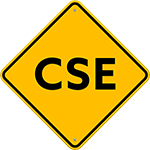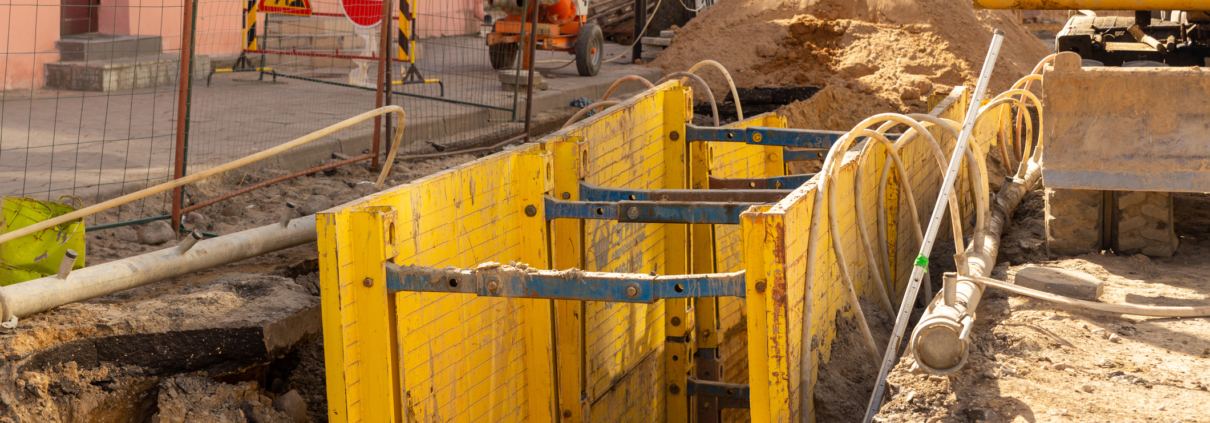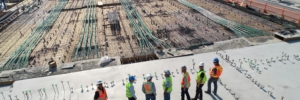How Can a Safety Expert Witness Help You Create a Protective System for Trench Safety?
On any construction site, the risk of injury is higher than in most other industries. Trenching and excavation have various safety and environmental hazards, including sudden collapse. Those incidents can result in catastrophic injuries.
Dangers of Trenches Without a Safety Expert Witness
One cubic yard of soil weighs about the same as a vehicle. Crush injuries and asphyxiation can happen quickly if the sides of a trench cave in. However, trench accidents are preventable. Accidents can completely alter a person’s life or result in the loss of life and damage your overall company. Frequent worker injuries can affect workplace morale and cause other workers to question the safety of your business.
Safety Systems Required
OSHA does set standards for excavation, warning companies to err on the side of caution. You should always have a competent person, like a safety expert witness, to determine your need for cave-in protection.
When working underground, you should always:
- Contact the underground notification center
- Identify if the excavation is less than five feet deep
- Mark utilities before construction
- Identify if the trench is in stable rock
If you have an excavation more than 20 feet deep, you need to have a protective system designed by an engineer.
Protective System Factors
Your protective system will depend on various factors. First, you’ll have to take soil classification into account. Soil can be classified into four basic types:
- Stable rock
- Type A: Clay, silty clay, clay lam, sandy clay
- Type B: silt, silt loam, crushed rock, sandy loam
- Type C: granular spoil, submerged rock, submerged soil
Stable rock is a solid material that you can excavate with intact vertical sides. In contrast, Type C soils are unstable and may be in a sloped, layered system where the layers will dip into the excavation.
To classify the soil, you must use at least one visual and one manual analysis.
Types of Protective Systems
There are four different protective systems that a safety expert witness may suggest you use. Those systems include:
- Sloping: Sloping requires you to cut back the trench wall at an angle inclined away from the excavation. Flat angles offer the most protection, but the angle required also depends on your soil classification and the amount of water in the soil.
- Shoring: Shoring requires installing aluminum hydraulic or other supports to prevent the excavation from caving in. The horizontal supports are called walers, while vertical supports are uprights. You may also have to use a shoring system to support adjacent structures.
- Shielding: Shield systems are trench boxes and other supports that shield workers if a cave-in occurs. Trench shields have sidewalls held apart by steel or aluminum spreaders.
- Benching: Benching is a lot like sloping. You remove the material from the excavation and dig the sides to form horizontal levels and steps. Benching systems are not suitable for type C soil.
No matter the soil type, you must have a system to stabilize deep trenches.
Use a Safety Expert Witness To Avoid Accidents
Tragedy can strike when your company lacks adequate safety systems to protect workers in and around trenches. Established in 1996, Construction Safety Experts has offered safety training to nuclear, oil & gas, pharmaceutical, chemical, steel and the commercial construction industry. Contact us today or call us at (919) 463-0669 for an evaluation by a safety expert witness!








